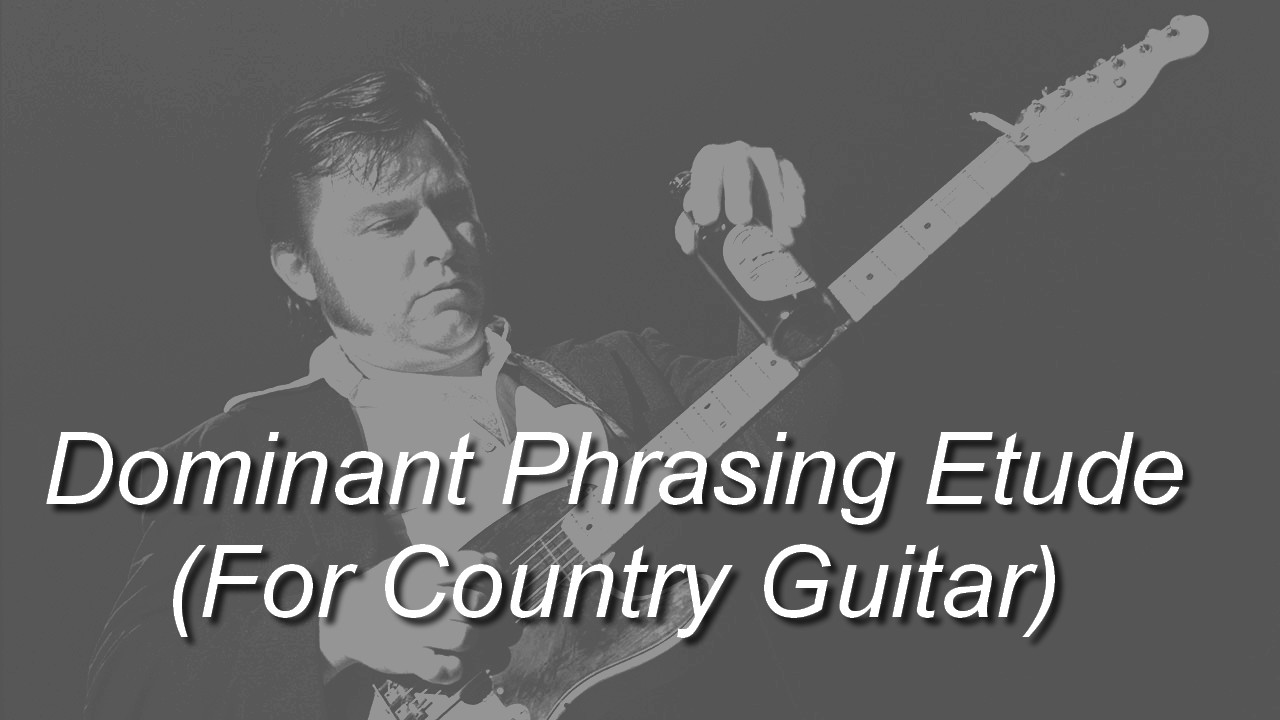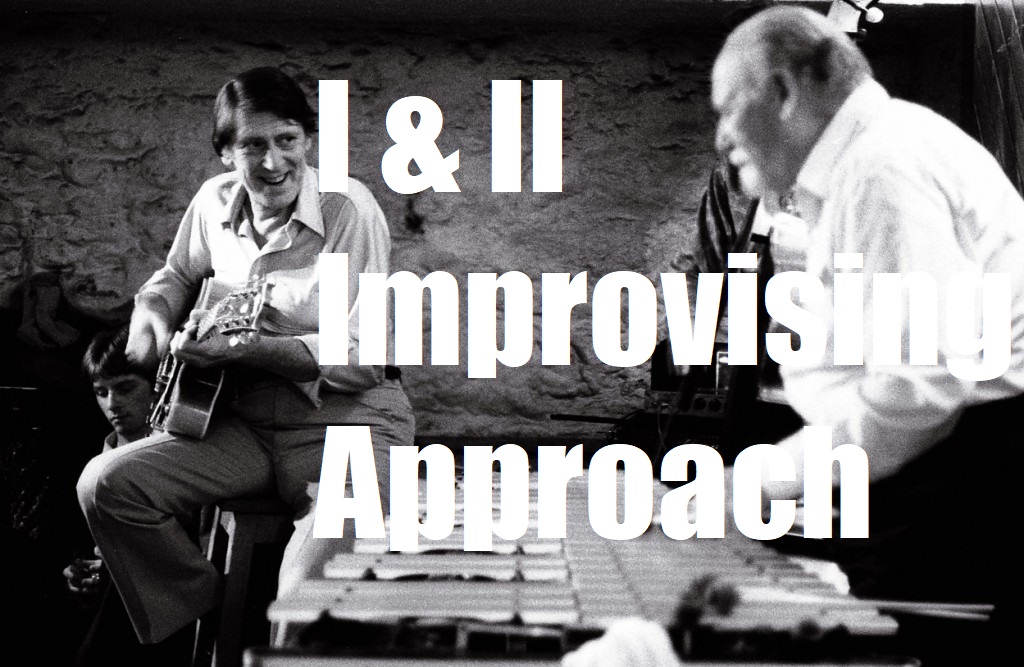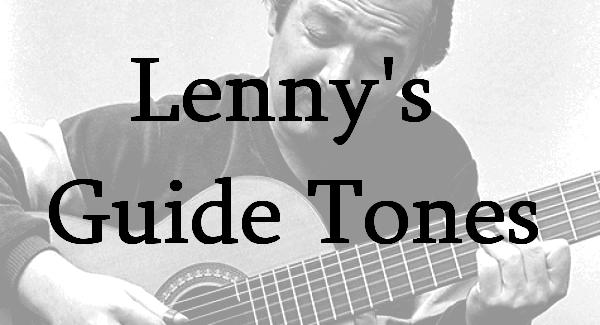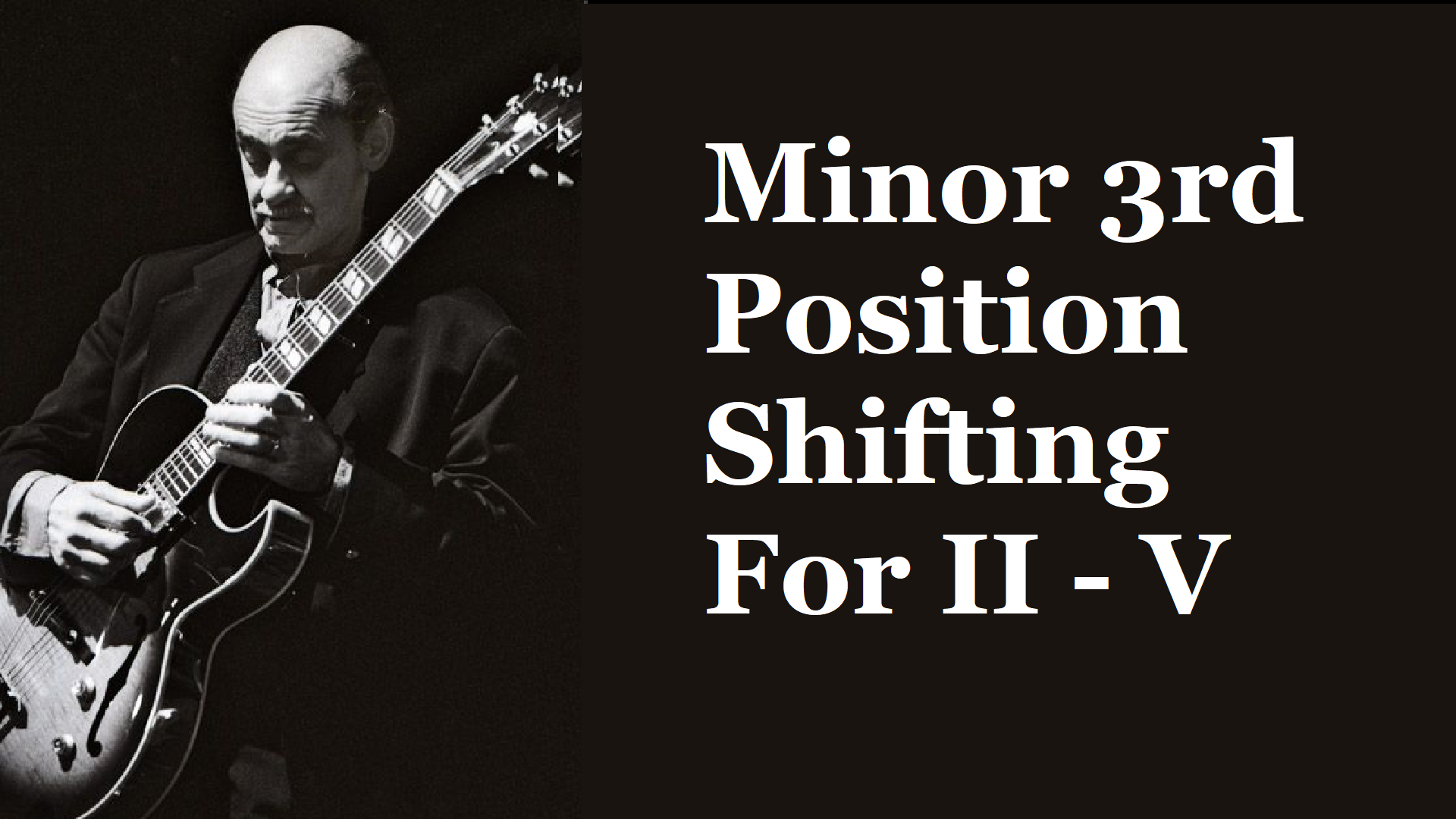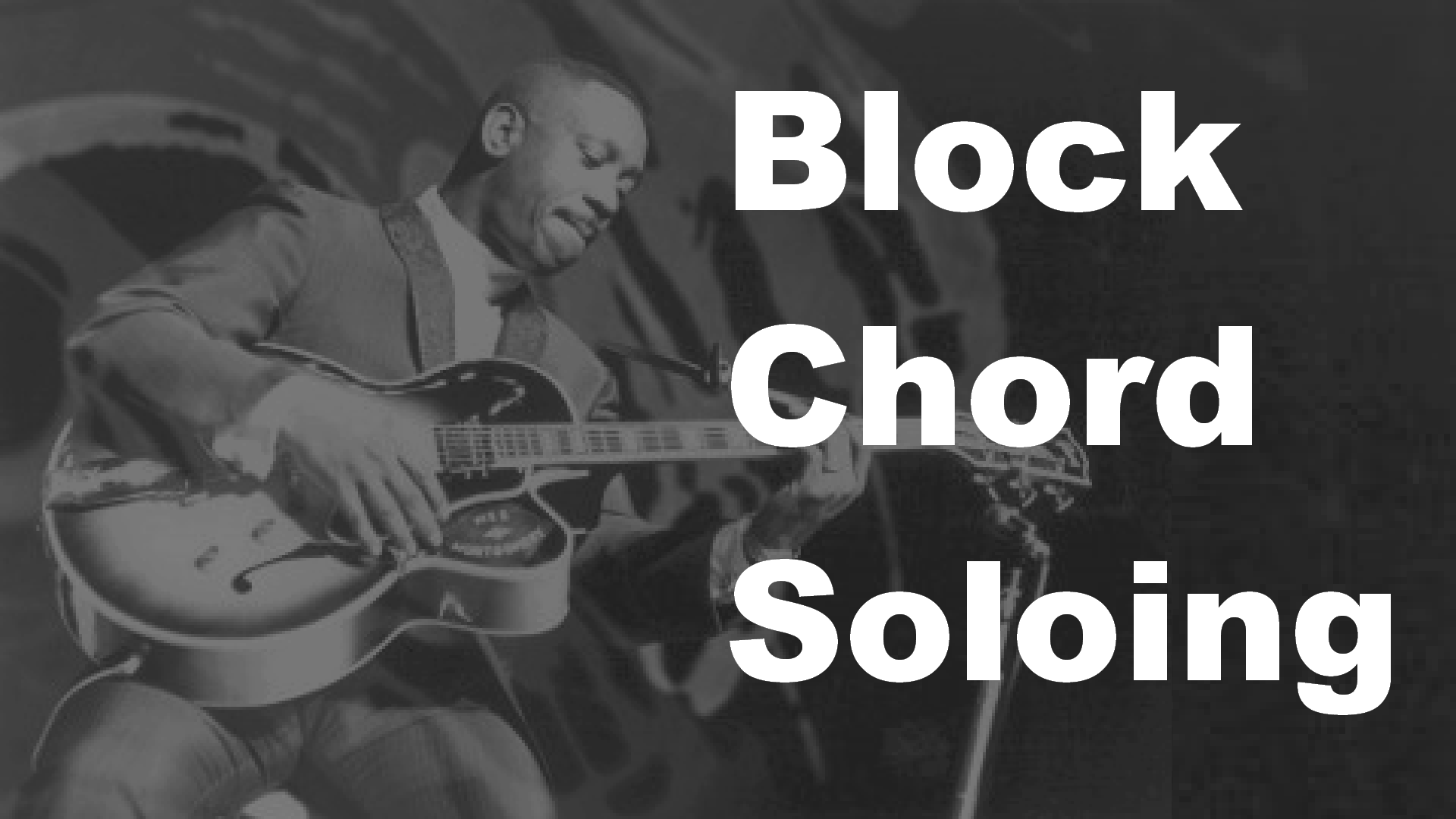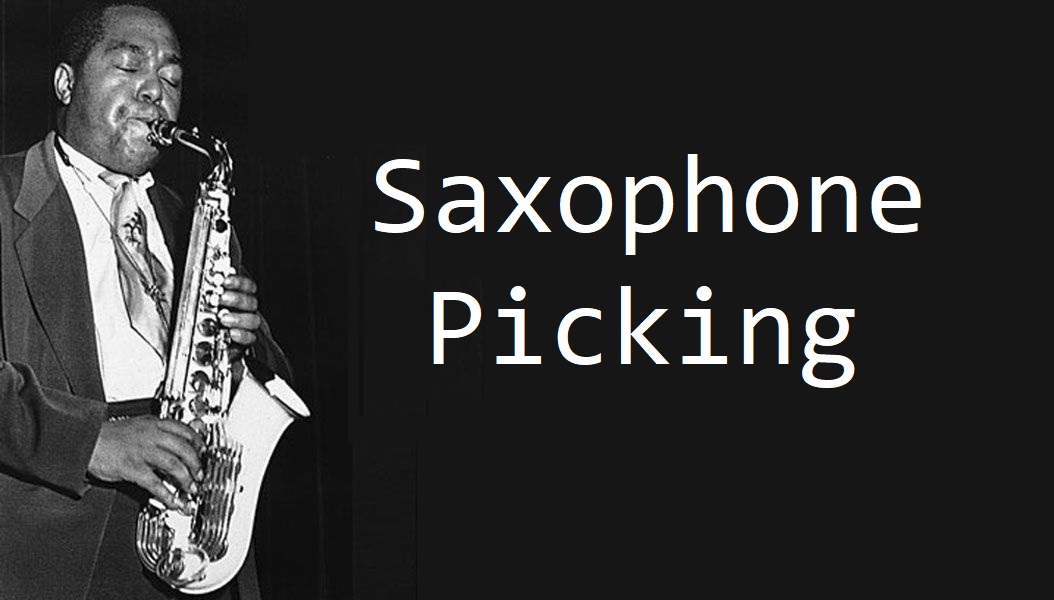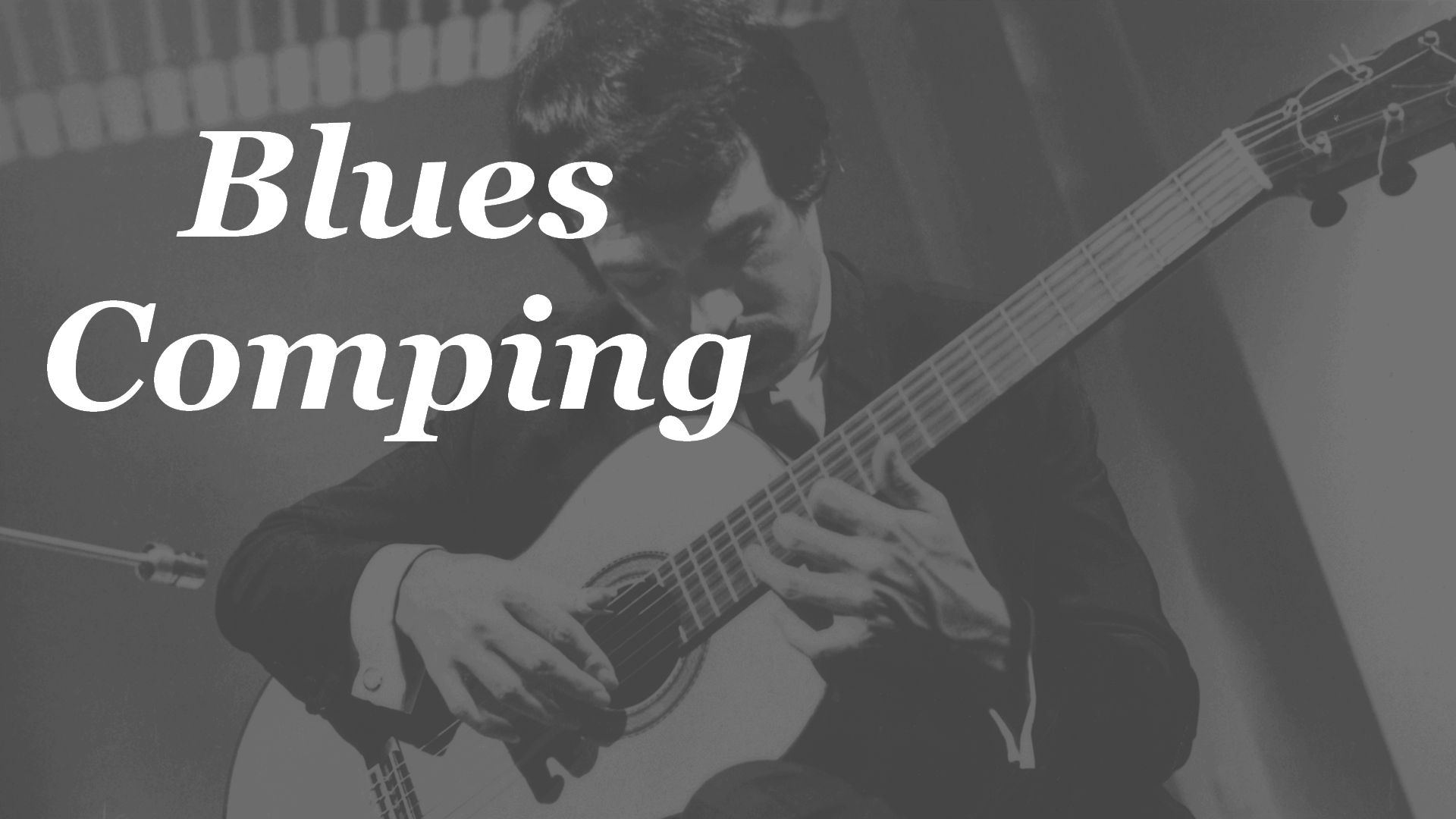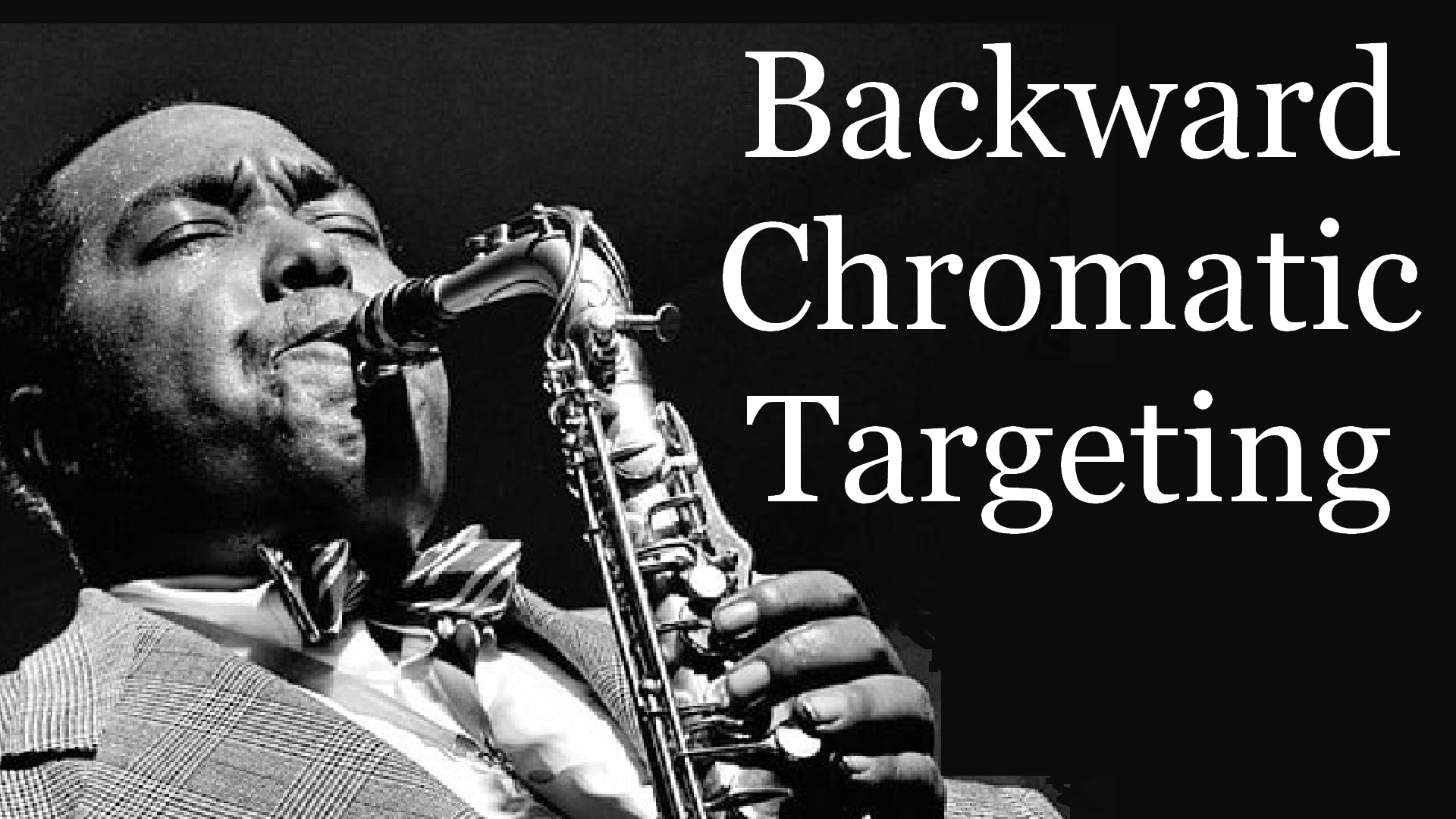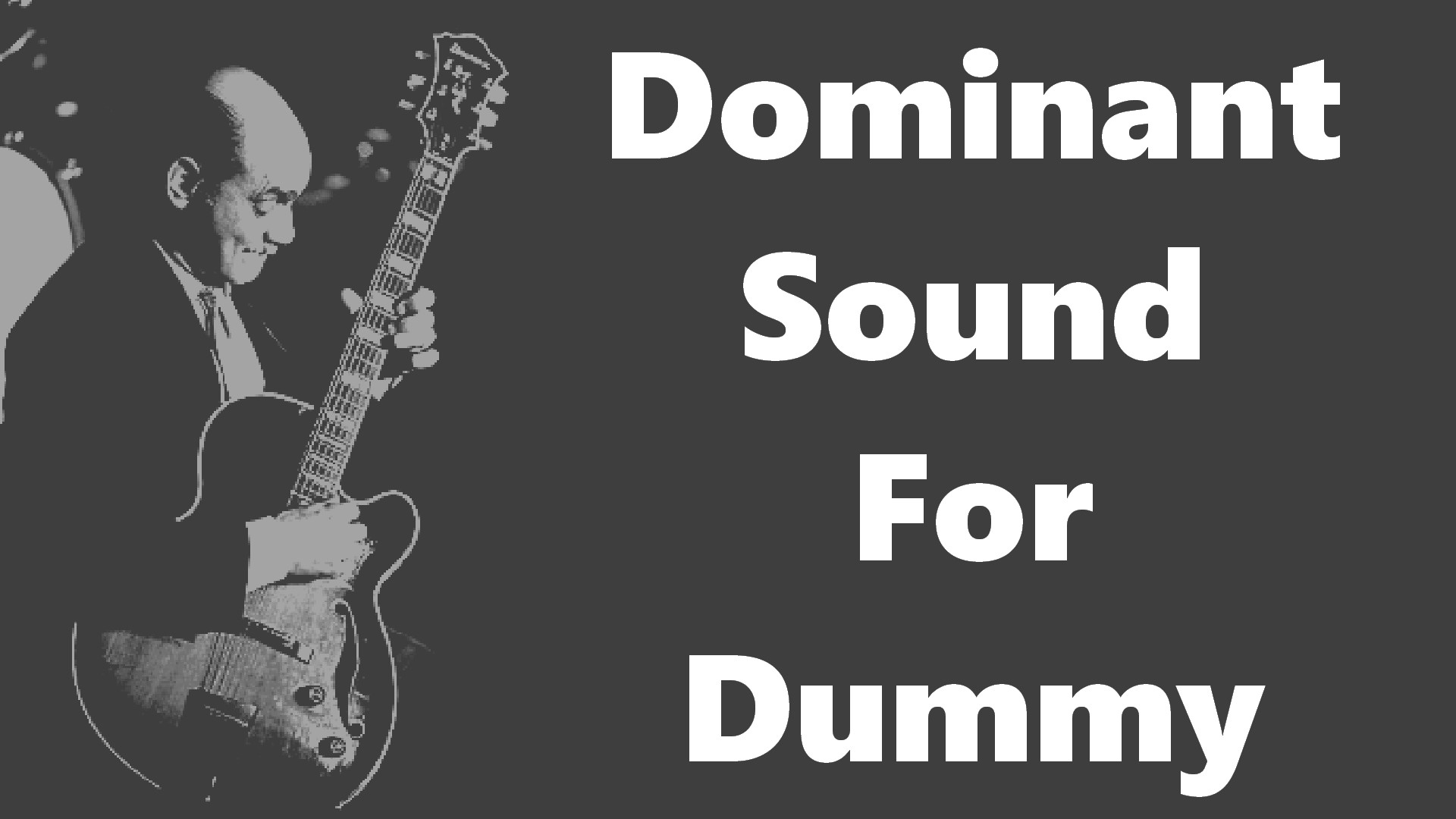
Altered dominant sound is one of the greatest innovation Jazz brought to modern music. A lot of romantic composers were fascinated by this sound. Even Rachmaninoff, who was a big Art Tatum fan, implemented these harmonies into his later compositions but the musical approach of both style was so far away in these years that it didn’t sounded jazz at all.
In this lesson series I will try to break down this key concepts of jazz harmony into some simple logics so you will be able to use and hear altered dominant sounds in a more efficient way.
Body
At the earlier stage of jazz music, musicians were having a more classical background. Music wasn’t thought as a succession of chords like today. It was multiple moving melodies that were creating the harmonies and chord progressions. Altered sound were happening when musicians were doing chromaticism in their melody. In this particular lesson we will apply this idea to construct various altered dominant chords.
Lets take a look at a normal II – V(alt) – I progression with this approach in mind:
The V(alt) chord will include altered notes as his name say. So… listen carefully, we are going to generate those altered notes by moving notes from the II chord chromatically into the V chords and then resolving it to a diatonic notes of the I chord…. still there? This way we will be able to generate alterations using chromaticism. Let start!
Belly
We will take the most standard II – V – I possible as a template, Am7 – D7 – Gmaj7 so it goes like this:
In the first example we will move the Am7 root down an half tone to Ab than to the Gmaj7 root…. simple enough? The rest of the notes are standard chord tones.
ex. 1 
You can see that the A going to Ab result in a D7(b5), Ab being the flat 5 of D7 then resolving to the root of the Gmaj7 chord. So here we have our first ‘melody based’ altered chord constructed!
Now we are going to do the same but starting with the 5th of Am7:
ex. 2 
So now we built a D7(b9) chord,
let try with upward chromaticism now:
ex. 3

Moving the A upward to A# result in a D7(#5)
ex. 4

Moving the E up to E# result in a D7(#9)
With the last four examples we have built all altered chords that contain one alteration. We will not talk about the #11 and b13 because they are respectively equivalent to the b5 and #5. They’re name is chosen depending on the key context, maybe we’ll discuss this in another lesson. We will not move the guide tones (3rd & 7th) because they are already resolving a half tone away. But let go a little further!
Now, if we move 2 voice chromatically?
In ex. 5 we will move both the root and the 5th of Am7 downward to build a more complex altered chords
ex.5

So you might have figured out where I am going. Lets do the same but moving upward
ex. 6

ex. 7
And now moving with contrary voices movements:

ex. 8

Now we have built all alterations combination possible but altered dominant chords often contain natural extensions like 9th, 13th or just a natural 5th or 9th paired with an alteration. There are various ways to generate these color tones using a melodical approach the two main ways would be to:
Use a pedal tone; keep a common note from the II to the V:
ex. 9

Or use a diatonic melodic movement:
ex. 10

Now we are able to build any altered dominant chord using a melodical approach. I will not give examples for all possibilities because it would almost infinite.
Feet
The goal of this lesson was to approach the altered dominant sound subject from a different perspective. I always thought that the ‘spice’ concept was a little thin. If you are not familiar with the ‘spice’ concept; it’s the idea that you can add any alterations on any dominant chord at taste like you would do on a meal…. hum…. Although it is kind of true, understanding the voice movement implied in those sounds will really help you hear these colors the right way and ultimately use them more efficiently to create the sound you are looking for.
I would strongly suggest, if you want to get the most out of this lesson, that you try this concept with various chord forms and positions, you’d be surprised how easy it is to visualize these voice movements. This is very likely to help you discover new paths through your neck and improve your voice leading abilities.
In the next part of this lesson we will use this melodic approach to altered dominant sound into real musical context using standard tunes and audio examples. Cheers!
Toes
Quick notes:
-We could also have used the minor pentatonic scale as melodic material to create altered dominant sound. I will discuss this idea in a further lesson.
-When the b5 is used on the root (as seen in ex. 1) it result in another dominant chord, this is called the b5 substitution or the tritone substitution. I will also discuss this subject in a further lesson.
-There are no rules on how to use altered dominant chords implied in this lesson; altered notes do not necessarily need some strict voice leading to sound good, these are all just observations on how they are related to the diatonic scale melodically. You should do your own conclusions relative to these observations.
